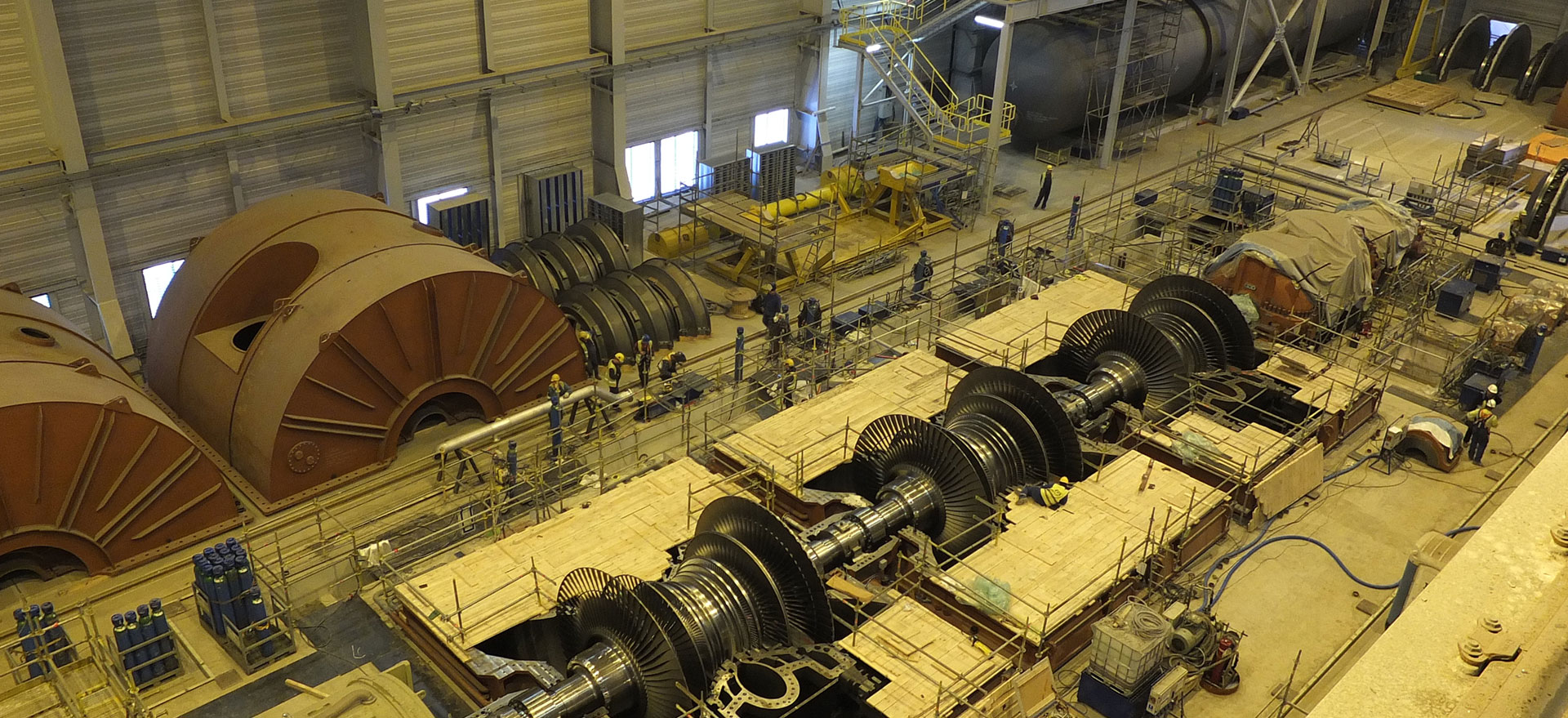- Energy transition
- Strategic investments
- How we operate
- Activities in 2019
- Environment
- Society
- Governance
-
Sustainable development goals
- PGE takes up sustainability challenges
- Goal no. 4. Quality education
- Goal no. 7 Clean and affordable energy
- Goal no. 8: Economic growth and decent work
- Goal no. 9. Industry, Innovation and Infrastructure
- Goal no.11. Sustainable cities and communities
- Goal no. 12. Responsible consumption and production
- Goal no. 13. Climate action
- Goal no. 17. Partnership for the goals
- About the report
- Interactive data
- Download brochure „Green direction of PGE”
Tools







